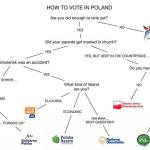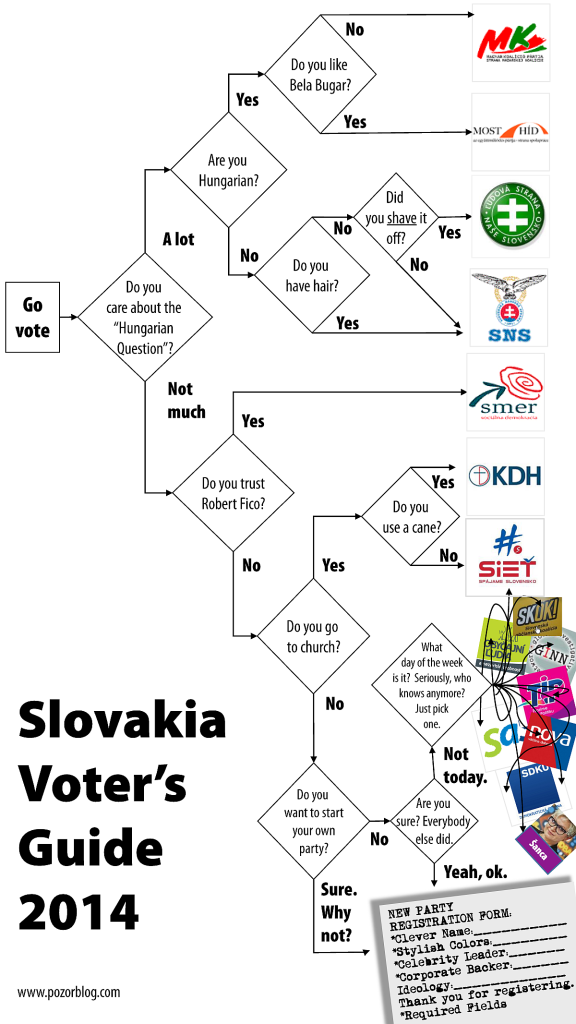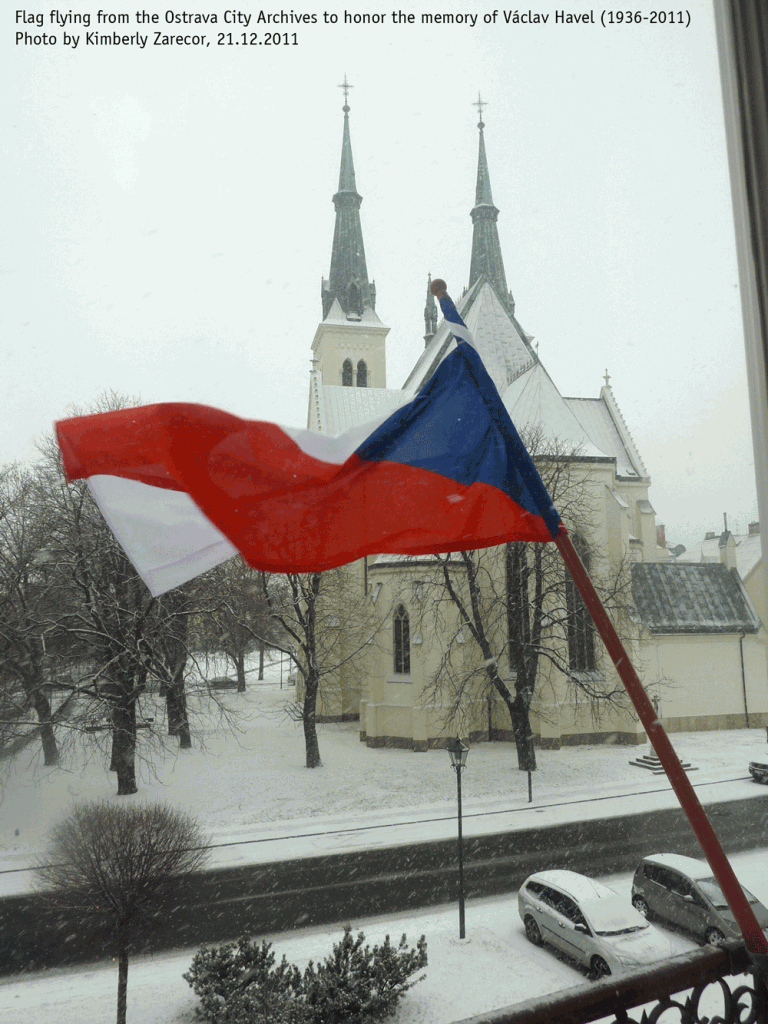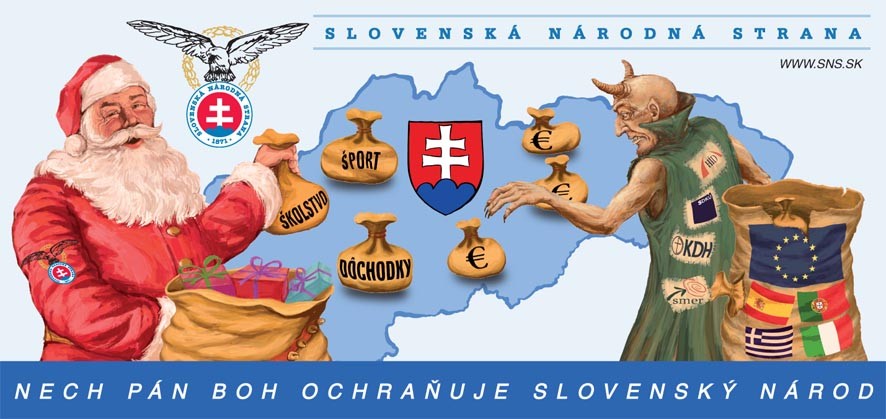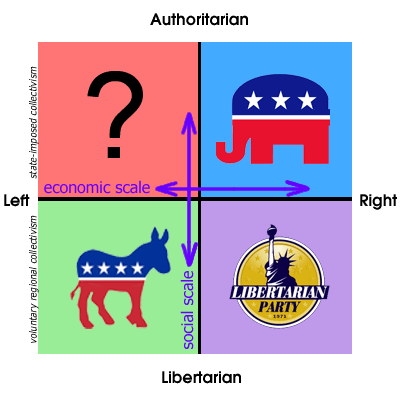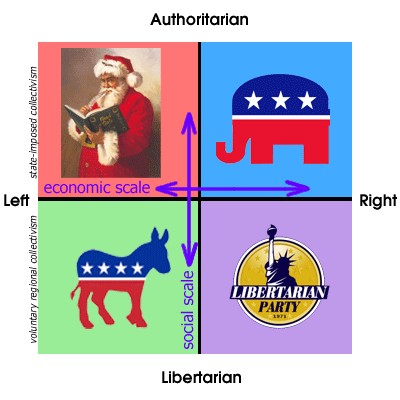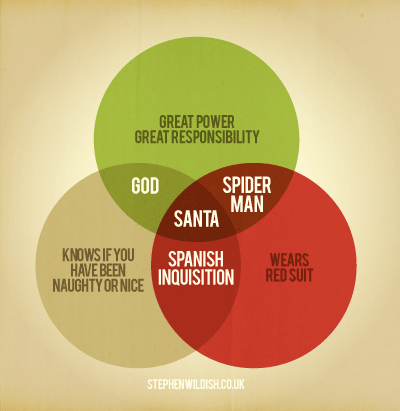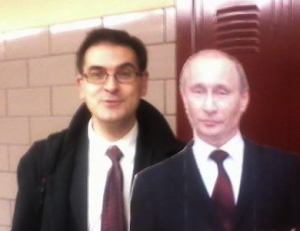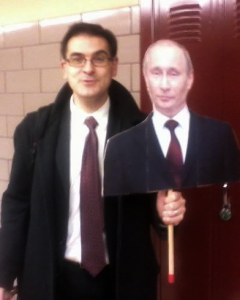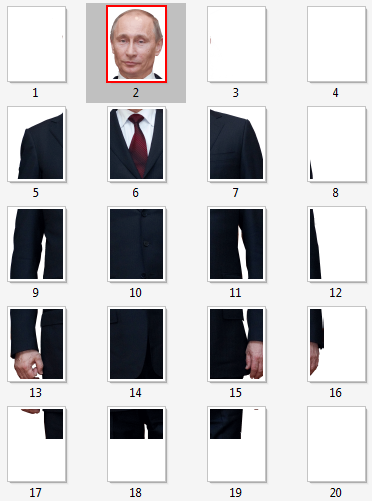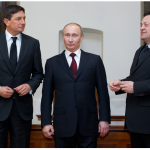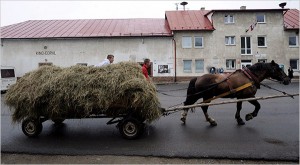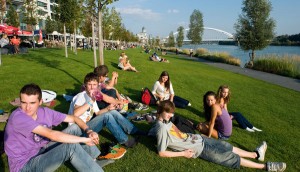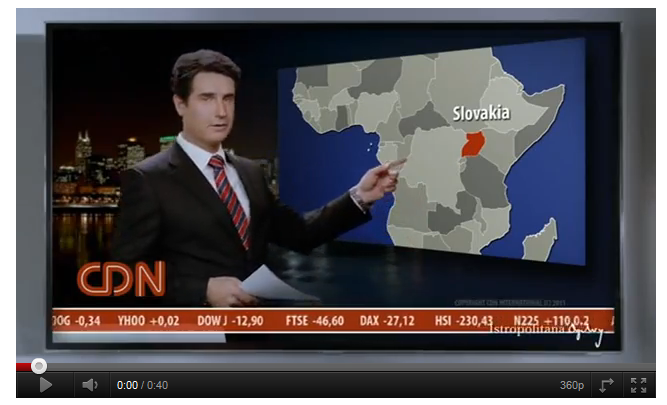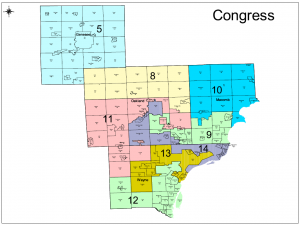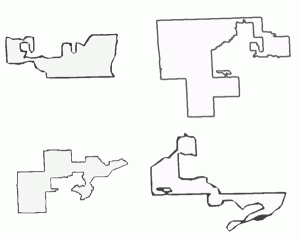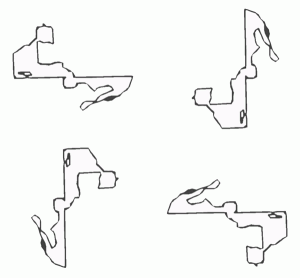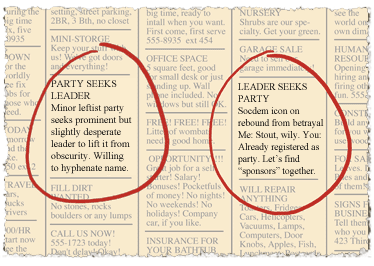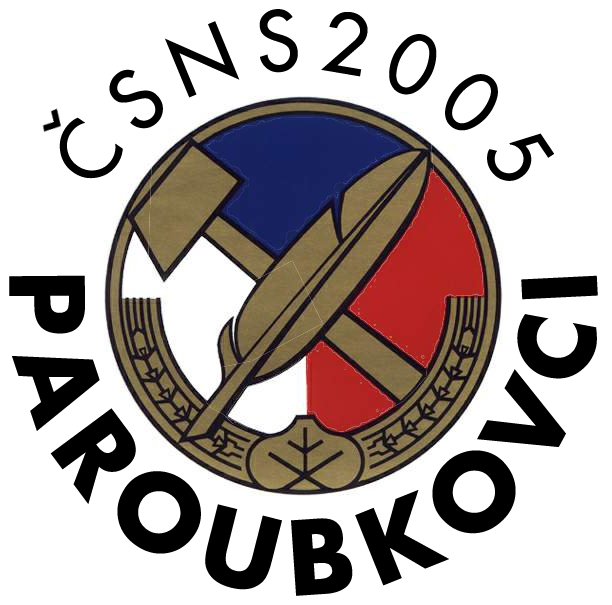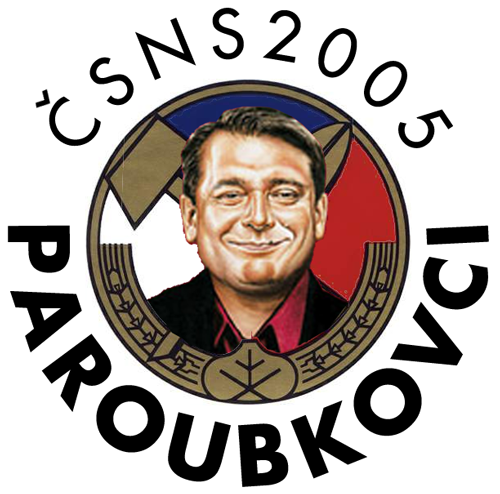This is the way the world ends, not with a b-a-n-g but with an -n-i-a.
At least that’s the way a good share of the world’s country names end. Having used fictional country data to make “maps” of the beginnings and endings of non-existent countries, it was an obvious next step to try it with the real world. So as with Ballnavia and Slaka and Molvania, I inverted the names on the United Nations member list (English-language version) and alphabetized by last letter and then arrayed them graphically with size representing frequency (actually it represents frequency squared, but I think that actually helps draw out the patterns). What I got was actually not much different from the results for make-believe Europe:
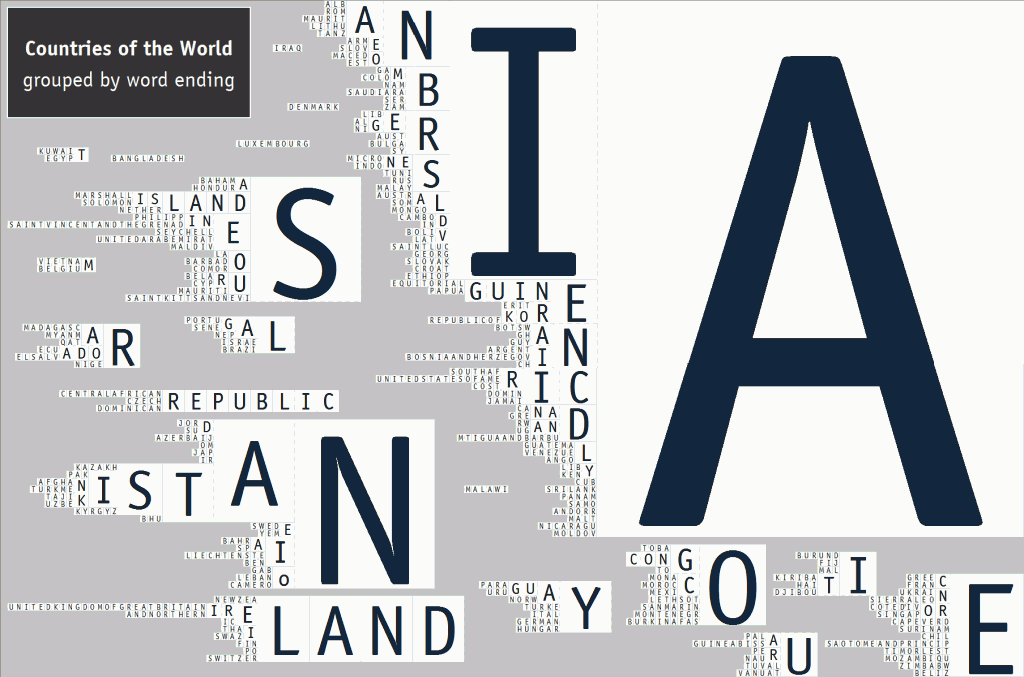
I did the same with a normal forward-facing alphabetization. and again got a similar result, again suggesting that country beginnings are the source of much more variety than country endings.
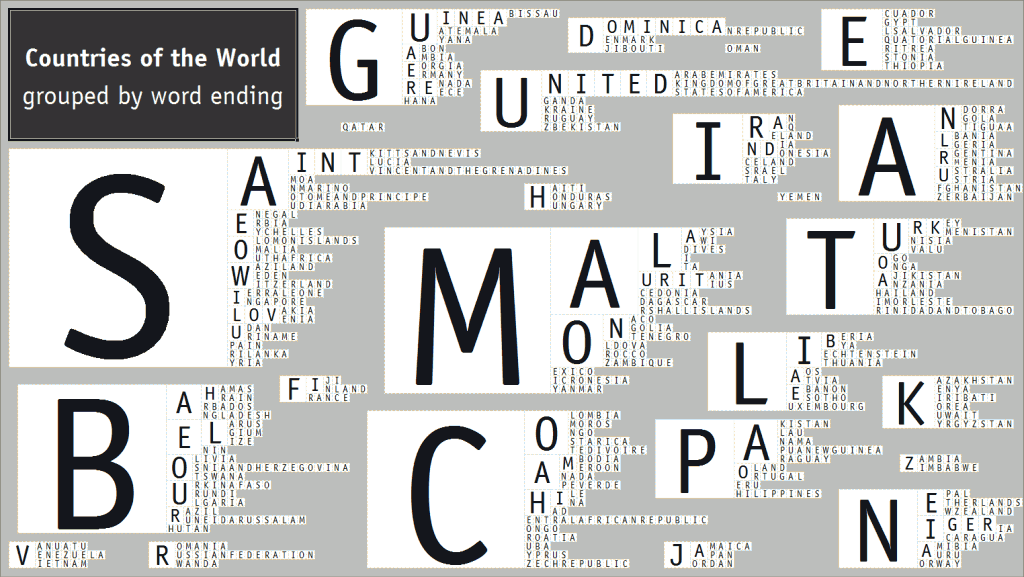
So from here it’s a simple step to yet another matrix of beginnings and endings, again ranked by my formula of “length of character string” times “frequency of appearance.” Draw lines from prefix to suffix to make your own country names. Add letters in between to increase the excitement:
| Pts. |
# |
Prefix |
<————-> |
Suffix |
# |
Pts. |
| 20 |
10 |
MA |
|
IA |
37 |
74 |
| 18 |
3 |
UNITED |
LAND |
9 |
36 |
| 16 |
2 |
DOMINICA |
STAN |
7 |
28 |
| 15 |
3 |
SAINT |
NIA |
9 |
27 |
| 15 |
5 |
MAL |
ISTAN |
5 |
25 |
| 12 |
2 |
GUINEA |
REPUBLIC |
3 |
24 |
| 10 |
2 |
NIGER |
TAN |
8 |
24 |
| 10 |
5 |
CO |
ANIA |
5 |
20 |
| 10 |
5 |
MO |
GUINEA |
3 |
18 |
| 10 |
5 |
PA |
KISTAN |
3 |
18 |
| 9 |
3 |
BEL |
ELAND |
3 |
18 |
| 9 |
3 |
MON |
LANDS |
3 |
15 |
| 8 |
2 |
MALA |
ICA |
5 |
15 |
| 8 |
2 |
SLOV |
RICA |
3 |
12 |
| 8 |
2 |
TURK |
MBIA |
3 |
12 |
| 8 |
4 |
CA |
ERIA |
3 |
12 |
| 6 |
2 |
BAH |
SIA |
4 |
12 |
| 6 |
2 |
CHI |
KOREA |
2 |
10 |
| 6 |
2 |
GRE |
NESIA |
2 |
10 |
| 6 |
2 |
IRA |
ILAND |
2 |
10 |
| 6 |
2 |
IND |
CONGO |
2 |
10 |
| 6 |
2 |
LIB |
ES |
5 |
10 |
| 6 |
3 |
AN |
ANA |
3 |
9 |
| 6 |
3 |
BO |
INA |
3 |
9 |
| 6 |
3 |
BU |
NADA |
2 |
8 |
| 6 |
3 |
NE |
ANDA |
2 |
8 |
| 6 |
3 |
SE |
ALIA |
2 |
8 |
| 6 |
3 |
SO |
ENIA |
2 |
8 |
| 6 |
3 |
SW |
ONIA |
2 |
8 |
| 4 |
2 |
AL |
GUAY |
2 |
8 |
| 4 |
2 |
AR |
DIA |
2 |
6 |
| 4 |
2 |
AU |
VIA |
2 |
6 |
| 4 |
2 |
BR |
DAN |
2 |
6 |
| 4 |
2 |
FI |
AIN |
2 |
6 |
| 4 |
2 |
GA |
DOR |
2 |
6 |
| 4 |
2 |
GE |
LA |
3 |
6 |
| 4 |
2 |
JA |
TI |
3 |
6 |
| 4 |
2 |
LA |
AL |
3 |
6 |
| 4 |
2 |
LE |
CO |
3 |
6 |
| 4 |
2 |
NA |
AR |
3 |
6 |
| 4 |
2 |
PO |
OS |
3 |
6 |
| 4 |
2 |
SI |
US |
3 |
6 |
| 4 |
2 |
SU |
YA |
2 |
4 |
| 4 |
2 |
TO |
CE |
2 |
4 |
| 4 |
2 |
TA |
EN |
2 |
4 |
|
|
|
AS |
2 |
4 |
|
|
|
AU |
2 |
4 |
And what can we take from this? Well, if you’re a serious, reality-minded person, not much. But if you like to make stuff up and tell stories and have fun with words, then you get some great new opportunities to create things that sound like countries but really aren’t. Below, in alphabetical order, because I can’t pick a favorite, is a partial list of some of the possibilities. Some are just variations on existing country names with the right amount of detail in the prefix: Malistan and Malaguay sound about right, with the right number of syllables and are enriched by the common prefix “Mal”–with its ominous undertones in Latin and its implication of smallness in Slavic languages). Mondor, too, sounds sinister, though not quite as bad as its its Middle-Earth counterparts.
Among the others, I like the triple combination of Tailand, Toeland and Toiland (somewhere between Santa’s workshop and the nearby WC). Two others–Monica and Nadia–highlight the similarity between country names and Indo-European names for females. Panada and Swina sound vaguely like animals. Many sound like serious medical conditions, especially Annesia, Mania, Maleria and Maladia. And there are some that end in the “ya” sound, and begin with verb-sounding prefixes. Tasia sounds like “Tase ya” (no place for Andrew Meyer) and the same possibilities apply to Suya (a response, perhaps, to Tasia), to Bombia, and, somewhat less belligerently, to Combia and Boeria. And one of the really nice things about the list is that contains at least two “real” fake countries: Sodor, far more real to most 4-year-old Thomas the Tank Engine fans than the country in which they actually live, and Catan, equally real to many players of German-style board games. So, to would-be game designers, authors of children’s stories, and all those others who want to see their name in lights, I say use the chart. Neonia is within reach.
- ANANA
- ANNESIA
- BOMBIA
- CATAN
- COMBIA
- COSIA
- FINESIA
- IRAMBIA
- MALADIA
- MALAGUAY
- MALERIA
- MALISTAN
- MANIA
- MONDOR
- MONICA
- NADIA
- NEONIA
- PANADA
- SAINT REPUBLIC
- SODOR
- SUYA
- SWINA
- TAILAND
- TASIA
- TOELAND
- TOILAND
- UNITEDLAND



P.S. It’s hard for me not to notice that Sodor Railways logo on the Wikipedia page, while obviously lovingly crafted by a fan with strong graphics skills also bears a striking and unfortunate resemblance to another not too different insignia with a black squiggly line inside white circle on a dark red field. As Marta von Trapp wisely observes in The Sound of Music, “Maybe the flag with the black spider makes people nervous!”


